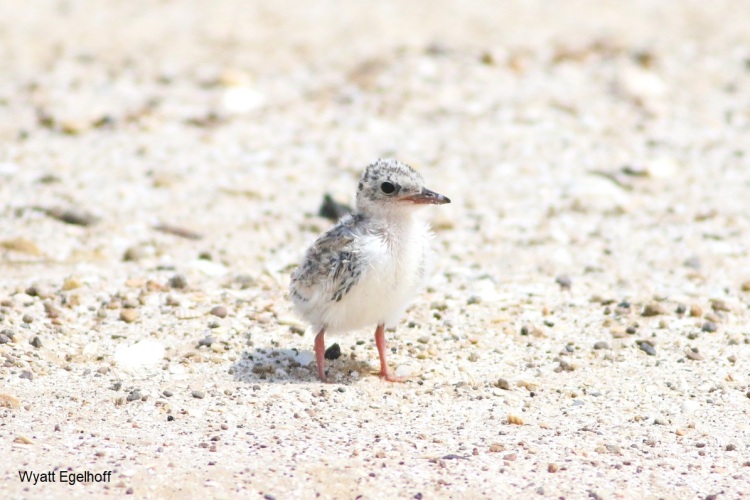By Rachel Myers, Grace Yaros, Wyatt Egelhoff
Spring has sprung on the Upper Texas Coast (UTC), bringing with it the return of our beach-nesting birds! From March through August, fencing is placed around the dunes and beaches where these birds raise their chicks to protect them from disturbance. Houston Audubon, American Bird Conservancy, and other partners work to maintain these fences and monitor our nesting birds. This summer, as in the past, fencing has been set up at Bolivar Flats Shorebird Sanctuary, Anahuac NWR beach West of High Island on Hwy 87, East Beach on Galveston Island and (for a second year) the beach at the Port Bolivar Ferry Landing. This fencing does not restrict recreational access to the beach itself, but serves as a reminder to give ample space for the diverse wildlife we are fortunate to share our stretch of coast with.

Disturbance from humans, dogs, and vehicles at nesting sites are a serious threat to beach-nesting birds on the UTC and throughout the world. Beach-nesting birds nest on the ground, relying on camouflage to avoid predators. This makes their eggs and chicks highly vulnerable to weather and/or predators if the parents are flushed from the nest. Many nests are also unknowingly run over or stepped on by beach-goers. Disturbance often leads to the abandonment of a nesting sites over time. Fencing is placed to protect key nesting areas on the Bolivar Peninsula, but it is worth watching for nesting birds wherever you may be enjoying time on the beach. One of the best ways to protect our nesting birds is to walk in the wet sand near the surf during the summer months (Memorial Day to Labor Day). Baby birds and eggs blend in perfectly with the dry sand, so staying in the wet sand will help you avoid accidentally stepping on any nests.
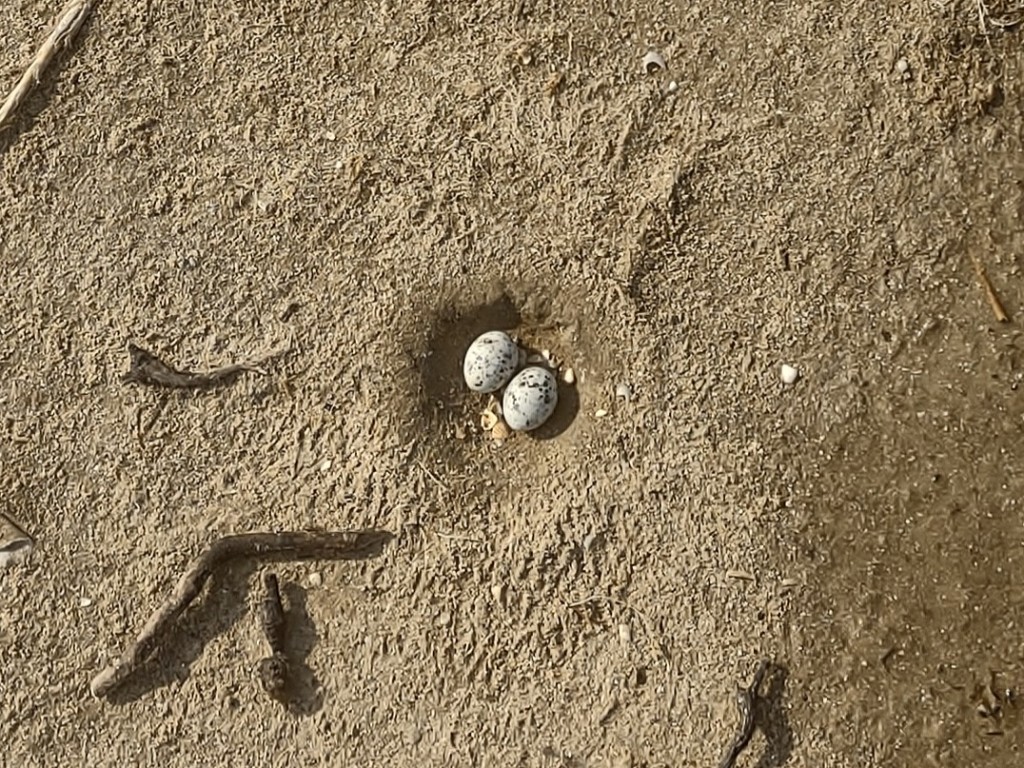
While several dozen species of birds nest on the beaches of the Bolivar Peninsula, our monitoring efforts focus on four species:
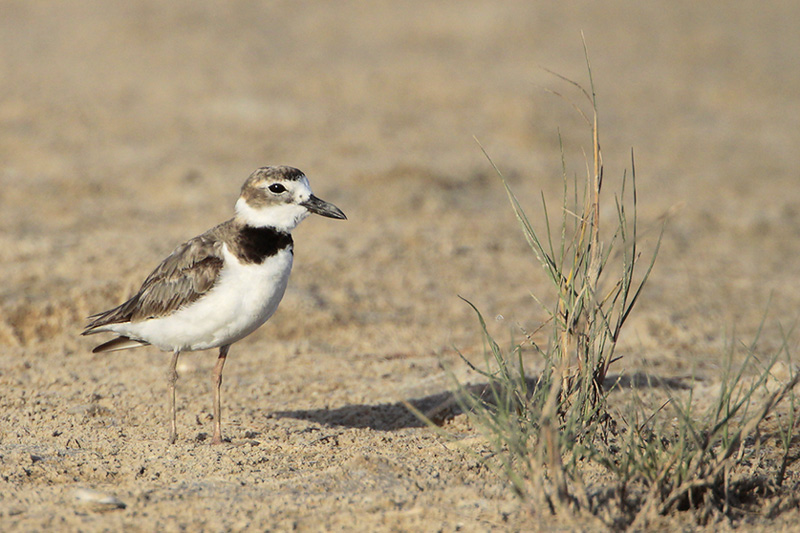
Wilson’s Plovers are medium-sized shorebirds with longer, thicker bills than other species of plovers commonly seen on the Upper Texas Coast. They are mostly brown above and white below, with pale pinkish legs. Breeding adults have a partial black band around their necks. They are specialist hunters of fiddler crabs, where they will run and lunge to catch them. They nest primarily in the dunes. If a nest is disturbed, adults will pretend to have a broken wing to lead predators away from the nest.
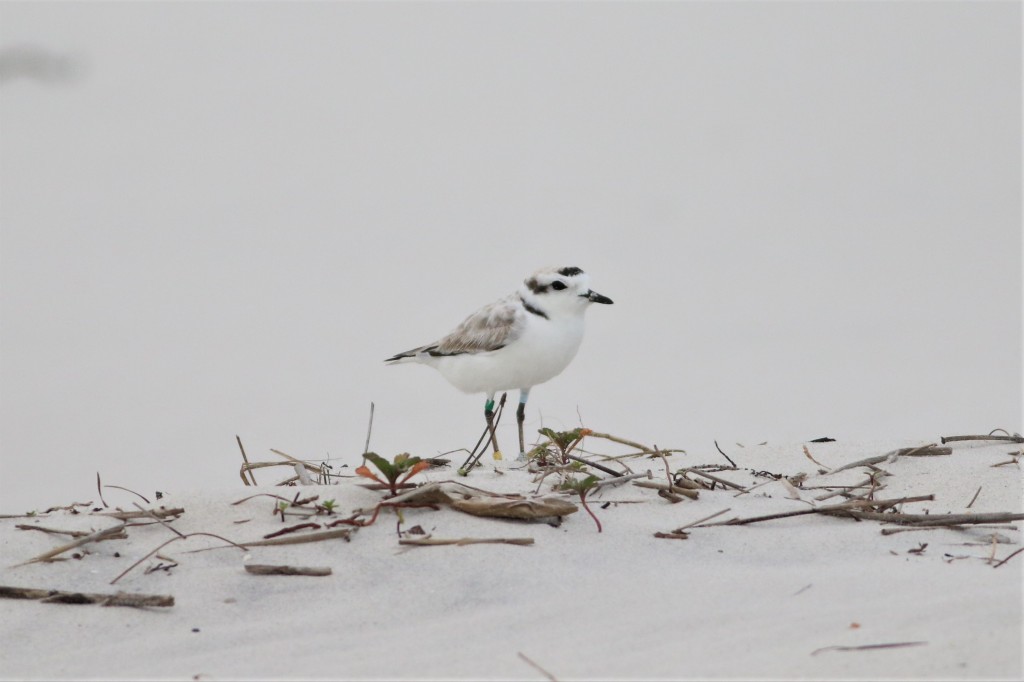
Snowy Plovers are one of the smallest species of plovers. Breeding adults have a black crown stripe, a dark ear patch, and a black patch on the side of the neck. They are a pale brown/gray above and white below. They have gray legs, which can be helpful for identification. Snowy Plover nests are particularly hard to spot and they prefer to nest in wide open sand flats where it is easy for them to see approaching predators.
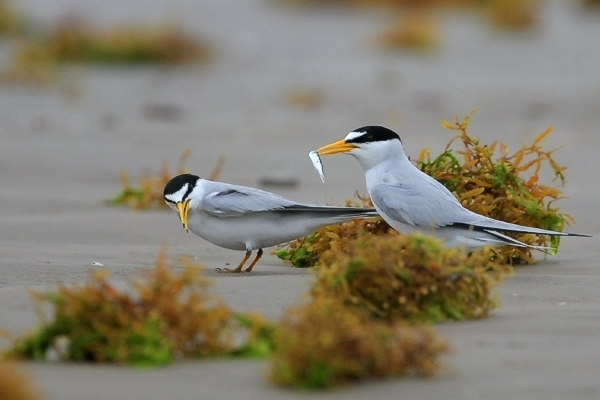
Least Terns are North America’s smallest terns. They are white below with pale gray wings and a black cap with a contrasting white forehead. They typically nest in large groups called colonies. Males will perform aerial displays and bring small fish to females as part of their courtship. When nests and young are disturbed, the adults will make a lot of noise and swoop at intruders. Least Terns nest in open sand flats.

Black Skimmers are a species of tern, identifiable by their blackish backs and unique bills, which are bright orange with lower mandibles that are longer than their upper mandibles, giving them a distinct “underbite”. They are named for their unique foraging behavior, in which they skim the surface of the water with their bills to catch fish. They are often seen roosting on our beaches, but do not nest on the Bolivar Peninsula, instead preferring islands in Galveston Bay.
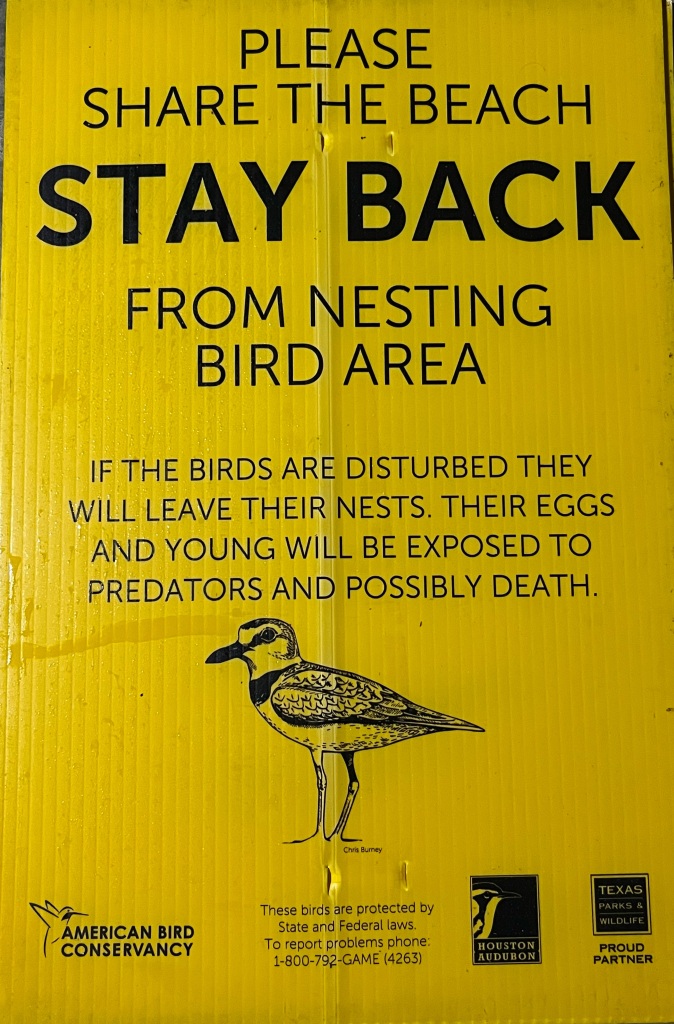

While all four of these focal species are declining throughout the Gulf region, we are fortunate to have some of the largest populations here in Texas. This is largely due to having some of the largest stretches of undeveloped coastline left in the Gulf. Even so, they still need our help making the beaches of the Bolivar Peninsula a safe place for them to raise their chicks.
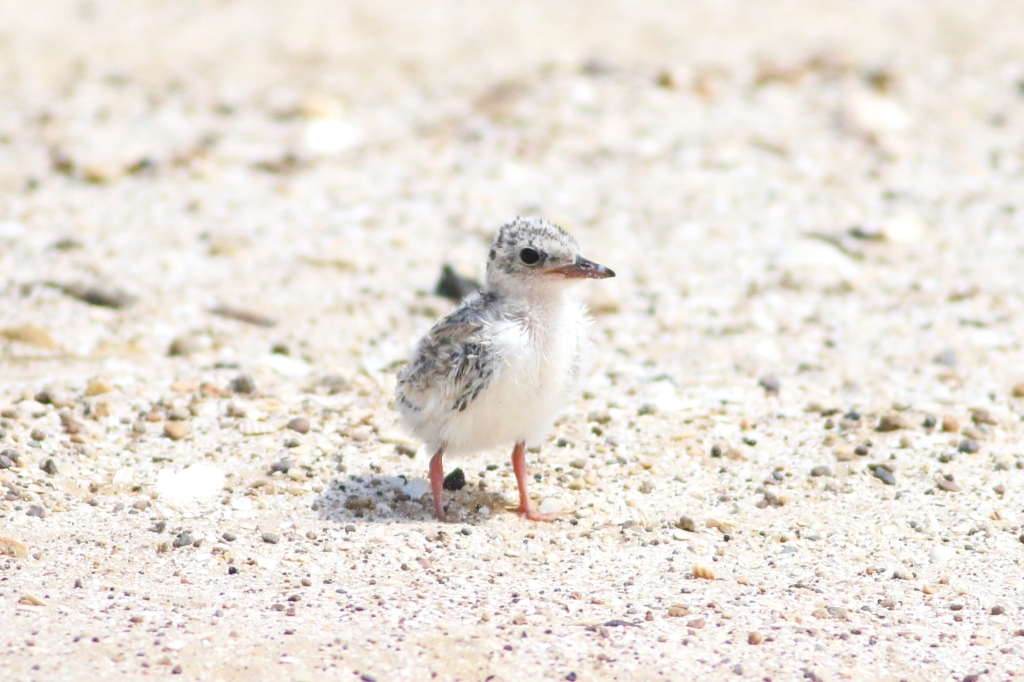
More information about our Beach-nesting Bird stewardship, monitoring, and sites can be found here:
https://abcbirds.org/program/gulf-coast-birds
https://houstonaudubon.org/sanctuaries/bolivar-flats/history.html
https://houstonaudubon.org/conservation/research
This project is in collaboration with American Bird Conservancy, Gulf Coast Bird Observatory, Coastal Bend Bays and Estuaries, US Fish & Wildlife Service, Texas Parks & Wildlife, and TXDOT, among others.

